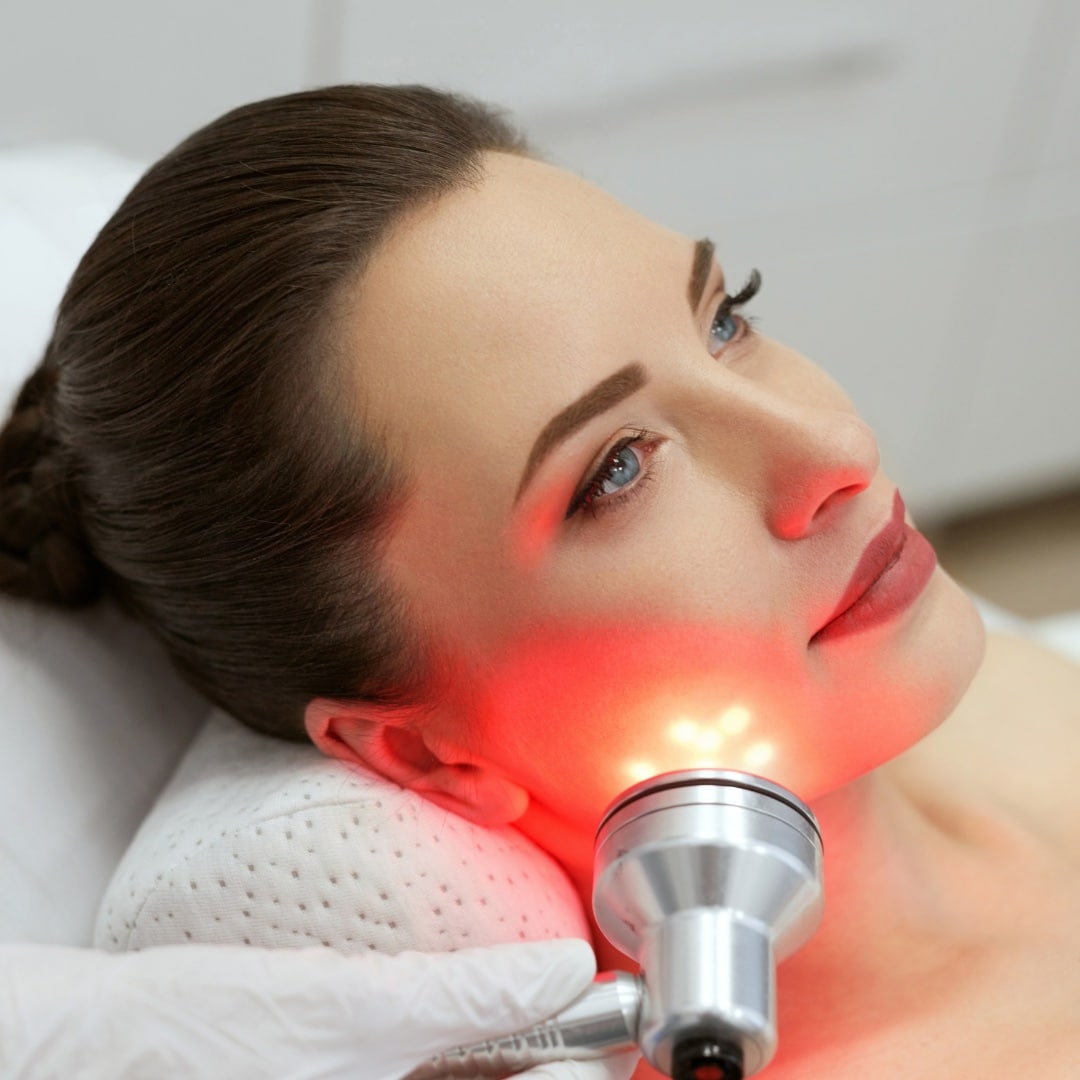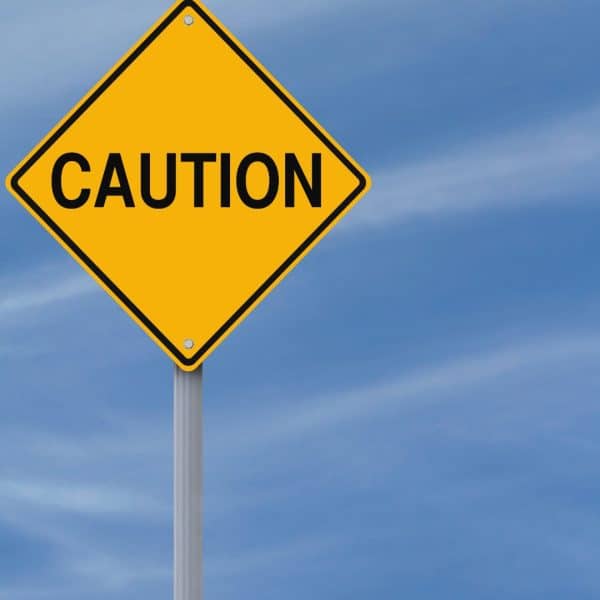If you’re cruising past forty and scratching your head at the term “Red Light Therapy” (RLT), wondering if it’s some fancy new club lighting or maybe a strange traffic rule, you’re in the right spot. This is all about diving into a health trend that’s got nothing to do with your nightlife—unless your idea of a wild night is trying out wellness gadgets in your PJ’s.
Red Light Therapy might sound like something out of a science fiction movie, but it’s actually a legit way to help your body heal and feel better, and it’s been catching on for all the right reasons.
This guide is designed to shed some (red) light on all things RLT, from its skin-deep benefits to muscle recovery magic, and even its potential to make those nagging aches and pains a thing of the past.
So, whether you’re a bit skeptical, thinking this might be just another passing craze, or you’re all in on finding the next best thing for your health, stick around. Let’s get started and see what this Red Light Therapy buzz is all about.
What Is Red Light Therapy?
At its core, Red Light Therapy (RLT) might sound like something straight out of a science lab, but really, it’s simpler and cooler than you’d think. Imagine a technology that uses low-level wavelengths of red light to talk to your body in its own language, saying, “Hey, it’s time to heal and get stronger.” That, in a nutshell, is RLT.
The secret sauce of RLT is in its ability to penetrate your skin without making a cut or even a tickle. This isn’t your average desk lamp we’re talking about; it’s a specific kind of light that dives deep, targeting cells with a gentle nudge that says, “Wake up and do your thing!”
What’s the thing, you ask? It’s stimulating the mitochondria—those tiny powerhouses inside your cells—encouraging them to produce more energy. More energy means more power for your body to repair, rejuvenate, and refresh itself.
Red Light Therapy devices are specially designed to deliver just the right kind of light, so your cells get the memo loud and clear. These devices can range from large panels you might find at a fancy spa or clinic to handheld gadgets for home use. No need to change your wardrobe; this therapy is all about what’s happening on the inside.
But how does it actually work? Without diving too deep into the science mumbo-jumbo, think of RLT as a vitamin D session for your cells. Just like your skin loves soaking up sunlight (safely, of course), your cells thrive under the glow of red light.
This process doesn’t heat your skin up like a toaster oven. Instead, it’s all about energizing those cells to kickstart the body’s natural healing processes.
It’s a way to boost your body’s healing abilities without having to do anything drastic—no needles, no surgeries, just light. So, if you’re looking for a sign to try something new for your health, this might just be it—glowing red and ready to go.
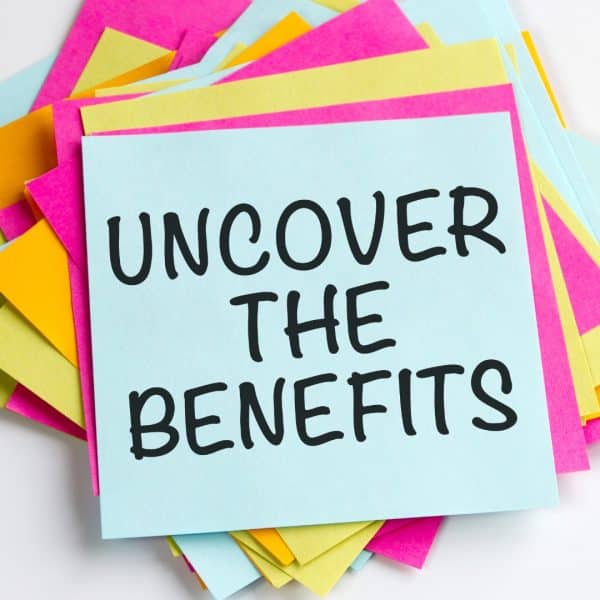
Benefits Of Red Light Therapy
So what can Red Light Therapy (RLT) actually do for you? Here’s a quick breakdown of RLT’s top benefits:
1. Skin that Glows Like You’re Still in Your Thirties: RLT is like a secret elixir for your skin. It’s known to help reduce wrinkles, improve skin tone, and even diminish those pesky age spots that like to remind us of our sun-worshipping days.
2. Pain Relief Without the Pill Bottle: For anyone who’s ever groaned a little too loudly while getting off the couch, RLT offers a sigh of relief. It’s been shown to reduce inflammation and ease pain, making it a go-to for arthritis sufferers, athletes with sore muscles, and anyone who mistook their ability to play a “friendly” game of basketball without repercussions.
3. Faster Muscle Recovery for Those Surprise Workouts: Speaking of sports, RLT can help your muscles recover faster after exercise. Whether you’re an avid exerciser or someone who occasionally overestimates their fitness level, RLT can help reduce soreness and get you back in the game quicker.
4. Improved Joint Health: Joints feeling a bit creaky? RLT to the rescue! It’s known to help with joint health, making those stairs look a little less daunting and maybe even putting the spring back in your step. It’s like grease for your body’s hinges, but way healthier than actual grease.
5. A Boost for Mental Well-being: Let’s not forget about the upstairs department—your brain. RLT isn’t just good for the physical stuff; it can also have a positive impact on your mental well-being. Some users report feeling more energetic and noticing a mood lift.
6. Better Sleep (Because Counting Sheep is So Last Century): And finally, for the night owls turned reluctant early birds, RLT might help improve your sleep quality. By regulating your circadian rhythm, RLT can help you catch more Z’s, making mornings feel a little less like you’re rising from the dead.
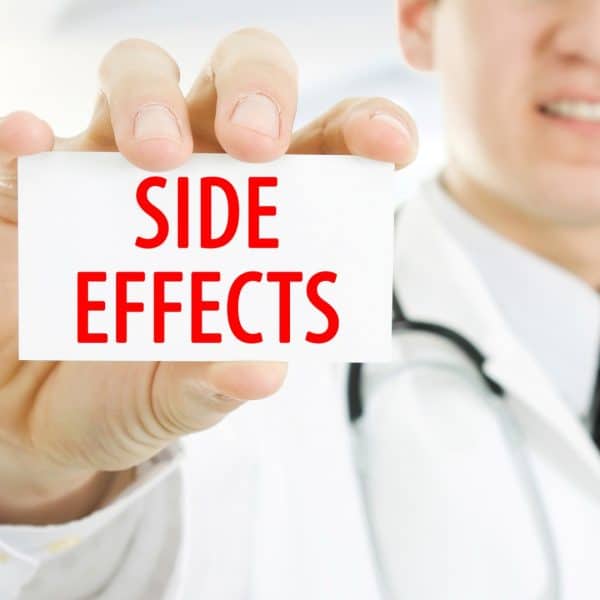
Side Effects Of Red Light Therapy
Before you start turning every light in your house red in hopes of eternal youth and vigor, let’s chat about the flip side of the coin—side effects.
The good news? Side effects of RLT are rare and typically mild. It’s one of the reasons why this therapy is glowing up in the wellness world. But just like anything else, it’s not a one-size-fits-all miracle cure. Here’s what to keep an eye out for:
1. Skin Irritation: In some rare cases, people might experience skin irritation after RLT sessions. This could be a bit of redness or itchiness, kind of like your skin is disagreeing on the latest fashion trend. It’s usually temporary and fades away faster than your regret over that trendy purchase.
2. Eye Strain or Discomfort: Because RLT involves, well, light, there’s a chance it could cause eye strain or discomfort if you’re not using proper eye protection. Think of it as the sunbathing rule—just like you wouldn’t stare at the sun, don’t give the red light the evil eye. Protective goggles are your friends here.
3. Potential for Photosensitivity Reactions: For those with photosensitivity or certain medical conditions that make you more sensitive to light, RLT might trigger reactions. It’s like being the person who gets a sunburn in the shade—you just need to be a bit more cautious and possibly consult with a healthcare provider first.
The takeaway? Red Light Therapy is like the new kid on the wellness block—mostly cool, pretty safe, but still requires a bit of getting to know. If you have specific health concerns or conditions, a chat with your healthcare provider before diving into RLT might be a good move. After all, it’s better to be safe than sorry, especially when it comes to your health.
Who Should Avoid Red Light Therapy
While Red Light Therapy (RLT) is like the Swiss Army knife of wellness tools—versatile, useful, and generally safe—there are a few folks who might want to proceed with caution or even steer clear altogether.
1. Those with Photosensitivity Disorders: If you’re someone who suffers from skin conditions like lupus, porphyria, or polymorphous light eruption, RLT may not be the best thing for you. These conditions can make your skin more vulnerable to light, leading to reactions that are the opposite of a good time.
2. Pregnant Women (Just to Be on the Safe Side): The jury is still out on this one, mainly because there’s not enough research to give it a full thumbs-up. While RLT isn’t known to be harmful, the lack of studies on its effects during pregnancy means it’s better to err on the side of caution.
3. Those with Certain Cancers: For anyone currently battling cancer or with a history of cancer, especially skin cancer, it’s wise to have a chat with your doctor before embracing RLT. While the therapy isn’t known to cause cancer, how it might interact with certain cancers or treatments isn’t fully understood. It’s like navigating a minefield—you’ll want an expert guide.
4. Individuals with Severe Eye Diseases: Given that RLT involves, well, light, those with severe eye conditions should approach with caution or avoid it altogether. Your eyes are delicate instruments, and while RLT isn’t known to damage healthy eyes (especially with proper protection), those with pre-existing eye issues might not want to risk it.
5. People Hoping for an Instant Cure-All: If you’re looking for a magic bullet that will fix every ailment under the sun, RLT might not live up to those expectations. It’s more of a supporting actor in the movie of your health—important, but not the sole hero. Managing expectations is key to not feeling let down.
In essence, Red Light Therapy is a fantastic tool for many, but it’s not a one-size-fits-all solution. Like any health or wellness approach, it’s about finding what works for you, your body, and your unique health situation.
The Research
Let’s peel back the curtain and look at what the research says about RLT, so you can decide if it’s the real deal or just another health fad.
1. The Science of Skin Deep: One of the most applauded benefits of RLT is its ability to make your skin look like it’s still living in its heyday. Studies have shown that RLT can help with a variety of skin concerns, from reducing wrinkles and fine lines to improving complexion and reducing the signs of aging.
2. Turning Down the Volume on Pain: Pain relief is another area where RLT shines, quite literally. Research indicates that RLT can be effective in reducing chronic inflammation and pain, including conditions like arthritis and back pain.
3. Muscle Recovery on the Fast Track: For the weekend warriors and dedicated athletes alike, RLT’s ability to speed up muscle recovery is a game-changer. Studies have demonstrated that RLT can reduce muscle soreness after intense physical activity, helping you get back to your workouts with less downtime.
4. Joint Health’s New Best Friend: Joints, those crucial hinges that keep us moving, also benefit from RLT. Research supports its use in improving joint health and reducing symptoms associated with degenerative joint diseases.
5. Sleep and Mental Well-being: A Brighter Outlook: The benefits of RLT even extend to improving sleep quality and mental well-being, with studies suggesting it can help regulate your sleep cycle and boost your mood. It’s as if RLT not only lights up your cells but also brightens your spirits.
While the body of evidence supporting RLT’s effectiveness continues to grow, it’s important to approach it with a balanced perspective. Not all studies are created equal, and the quality of research can vary.
Moreover, individual results can differ based on a multitude of factors, such as the specific condition being treated, the frequency and duration of therapy, and personal health characteristics.
The science behind RLT is promising, but it’s not a silver bullet. It’s a tool in the wellness toolkit that, when used appropriately, can offer significant benefits. As with any health trend, staying informed and consulting with healthcare professionals can help you navigate the hype and make choices that are best for your personal health journey.
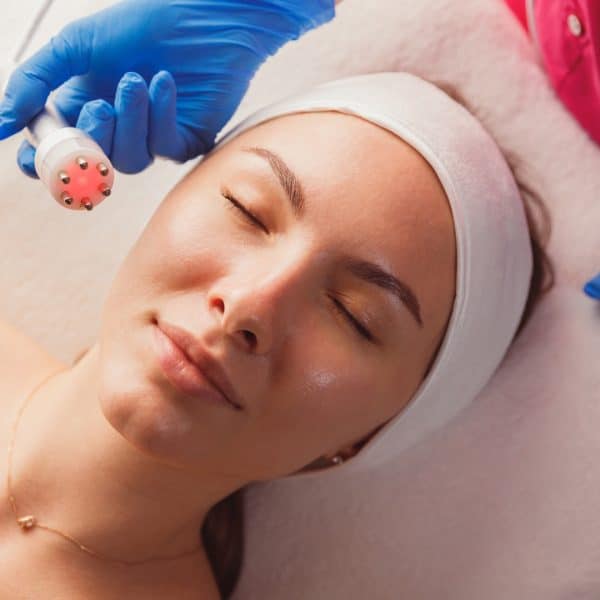
How To Add Red Light Therapy To Your Life
Incorporating RLT into your daily or weekly routine doesn’t require a degree in rocket science or a drastic lifestyle overhaul. Here’s how to seamlessly integrate this luminous therapy into your life, ensuring you get the most out of its glowing potential.
1. Choose Your Device Wisely: First things first, you’ll need an RLT device. The market is aglow with options, from professional-grade panels to handheld gadgets. Consider what you’re targeting with RLT. Is it facial skin concerns, muscle soreness, or general wellness? Your goal will dictate the size and type of device that best fits your needs. Do your homework, read reviews, and maybe even consult with a professional to find your perfect light companion.
2. Start Slow and Steady: Once you’ve got your device, it’s tempting to go full throttle, but like any good relationship, it’s wise to start slow. Begin with shorter sessions, about 10-15 minutes, a few times a week to see how your body responds.
3. Make It a Ritual: Consistency is key with RLT. To reap the full benefits, integrate it into your daily routine. Maybe it’s your morning boost while you sip on your coffee or a relaxing pre-bedtime ritual. Find a time that works for you and stick to it. Making RLT a habit is like watering a plant; regular care yields the best results.
4. Safety First: Don’t forget about safety. Even though RLT is low-risk, protecting your eyes with appropriate goggles or shades during sessions is a smart move, especially with high-intensity devices. Remember, you’re basking in the glow, not staring into the sun.
5. Combine With a Healthy Lifestyle: RLT isn’t a standalone miracle worker. Pairing it with a healthy lifestyle amplifies its effects. Eating a balanced diet, staying hydrated, getting enough sleep, and regular exercise can turn the volume up on RLT’s benefits.
6. Be Patient and Monitor Your Progress: Finally, give it time. RLT isn’t an overnight sensation. It’s more like a slow dance, with results that build gradually. Keep a journal or take photos to monitor your progress. Seeing the changes, no matter how subtle at first, can be encouraging and help you fine-tune your approach.
Conclusion
And that’s a wrap on our deep dive into Red Light Therapy (RLT). Remember, RLT isn’t a magic fix-all — the trick is to use it wisely, stick with it, and not expect overnight miracles.
RLT offers a non-invasive option for those seeking to enhance their skin’s appearance, alleviate pain, or improve general well-being. However, it’s crucial to conduct thorough research and consult with healthcare professionals to understand how it might fit into your health routine.
As with any wellness practice, patience and a critical eye are key. Evaluating the scientific evidence and considering personal health conditions are essential steps before integrating new therapies into your life.
Are you a fan of red light therapy? If so, leave a comment and let me know about your experience with RLT. I’d love to know your thoughts.
***Disclaimer: This post is for informational purposes only and should not be construed as medical advice***

